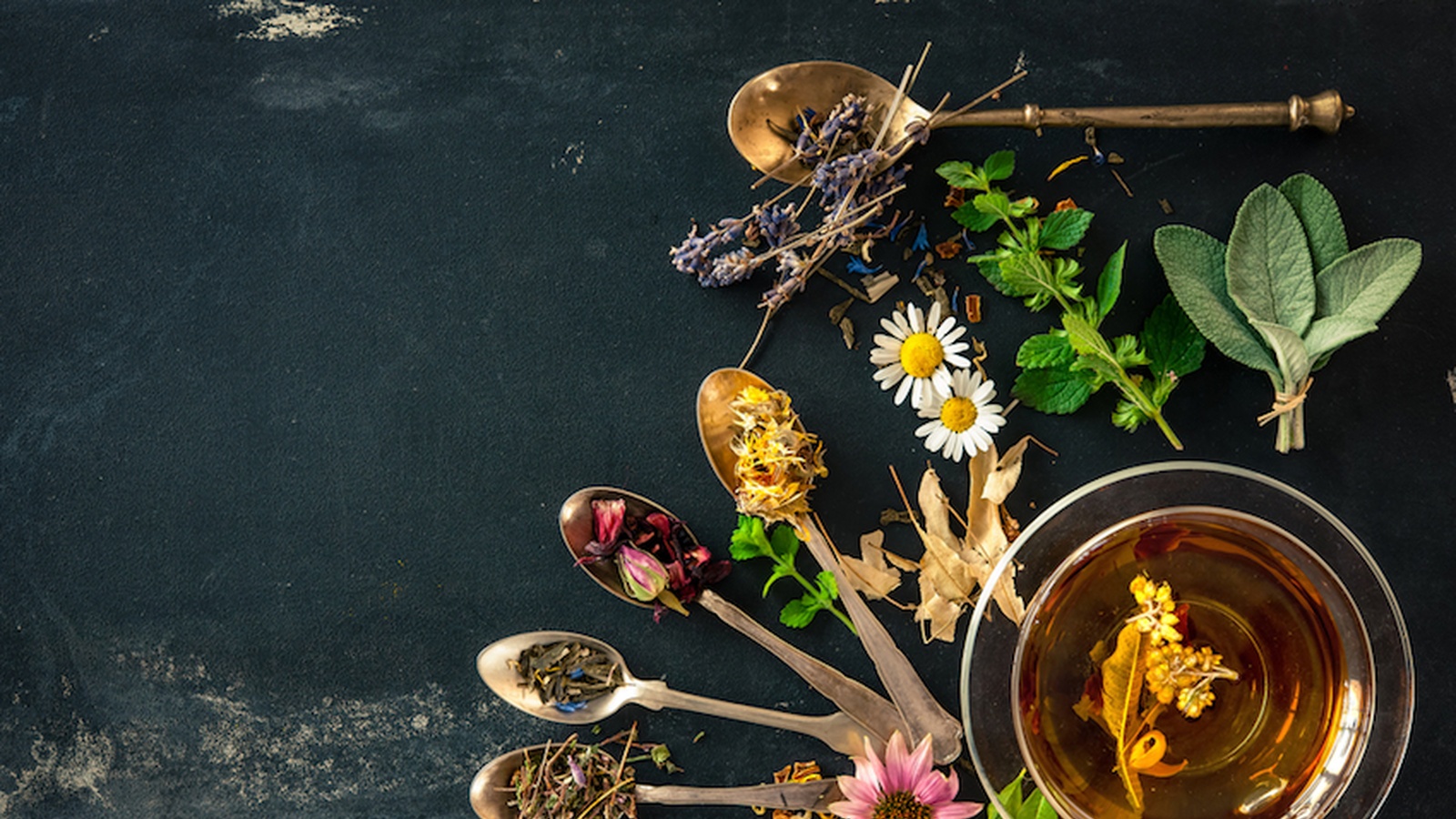10 Ancient Medicinal Herbal Remedies That Actually Work
From traditional Anglo-Saxon herbal tinctures to 5000-year-old Ayurvedic practices from the Indian subcontinent, all ancient cultures had natural healing practices that consisted entirely of organic ingredients and ancient wisdom. Without a multitude of over-hyped, under-tested pharmaceutical drugs at their disposal, early cultures relied on the knowledge passed down through generations to support their wellbeing and heal them in times of illness.
Today, much of that knowledge has either been lost or declared ineffective by modern allopathic practitioners, however, our friends over at Sacred Science are hoping to change that with Remedy: Ancient Medicine for Modern Illness, their recent docu-series. This series explores 9 diseases and ailments such as Lyme disease, cardiovascular disease, depression, and more, and the powerful herbs that can heal them. So on that note, here are 10 of our favorite ancient remedies that are still used today.
1. Echinacea Tea
Echinacea is one of the most common traditional herbs from the American continent. Originally a Native American medicinal plant, archeologists discovered some evidence that echinacea may have been used by ancient cultures to treat infections and boost immunity. Today, many people use echinacea to treat the common cold and reduce symptoms such as sore throats, coughs, and even fever. Many herbalists also recommend echinacea to help the body fight infections. It is most commonly consumed as a tea, and the loose leaves are available from most health food stores.
2. Aloe Vera
Aloe Vera, or "Lily of the Desert", is most famous for the benefits it provides when applied topically. According to history, aloe vera is one of the oldest medicinal plants on record, used by Ancient Chinese and Egyptians to heal burns, wounds, and reduce fever. Queen Cleopatra was also known to apply aloe to her skin on a daily basis as a beauty treatment. Aloe Vera is now grown commercially for the health and moisturizing benefits found inside its leaves. It also contains a multitude of vitamins, enzymes, amino acids, and minerals that, when taken orally, promote nutrient absorption, good digestion, and a healthy immune system!
3. Elderberry Tincture
Elderberry has been used for centuries in Europe and Asia to treat respiratory illnesses such as colds and flus. Some evidence suggests that chemicals in the flowers and berries can help reduce swelling in mucous membranes, including the sinuses, and help relieve nasal congestion. The most common way to experience the benefits of elderberries is by consuming an elderberry tincture, which is made using a clear alcohol, such as vodka, to extract the healing properties of the berries. Elderberries also contain flavonoids, which are high in antioxidant properties and may help prevent damage to the body's cells, however it is important to note that elderberries should not be eaten raw and it's best to purchase a premade tincture from a well-respected herbal producer.
4. Catmint (Catnip)
Don't let the name put you off. Despite the fact that catmint has a well-documented history of use on domesticated felines, it also possesses healing properties that can be beneficial to humans. The flowering tops of the catmint plant are used in a variety of ways to treat health conditions such as stomach issues and stress. It has also been known to have mild sedative properties and is not recommended to be taken with other sedatives, as it may amplify their effects.
5. Comfrey
Traditionally known in some cultures as "knitbone" or "boneset", the health benefits of this unassuming leafy green can be traced back to the ancient Greeks. Comfrey is widely appreciated for its capacity to help heal broken bones and damaged tissues. In more modern times, science has shown us that these healing properties are partly due to a compound called ‘allantoin’ which can accelerate cellular mitosis - the process of new tissue growth. Historically, comfrey also has a strong reputation for helping with external wounds that are healing poorly.
6. Mint
Mint has become well known in Western cultures for its refreshing taste and various culinary applications, however, this common backyard herb also has some very notable health benefits. Most species of mint are known to promote digestion and help soothe stomach discomfort. The aroma of the leaves activates salivary glands in our mouths as well as glands which secrete digestive enzymes which help to promote digestion.
7. Bilberry
Otherwise known as huckleberries or whortleberries, bilberries were traditionally used by the ancient Celts to boost immunity and improve overall wellbeing. They contain powerful antioxidants and are also believed to have the ability to strengthen and improve skin health. If bilberries are not easily accessible where you live, don't worry; many of their health benefits are shared with their close relative - the blueberry!
8. Burdock
Another ancient Celtic remedy, the burdock plant is now widely considered by many gardeners to be nothing more than a pesky weed. However, in contrast to modern day gardeners, the Celts considered all plants sacred, and understood that every plant has its value. Burdock has been found to be an excellent detoxifying herb as it triggers the body’s excretory systems such as the lungs, liver, kidneys, sweat glands, lymphatics and urinary systems, allowing them to expunge toxins and excess fluids.
9. Astragalus Root
Astragalus root has been recognized in traditional Chinese medicine for centuries as a powerful adaptogenic herb, used to treat stress and reduce cortisol levels. It is also believed to support healthy immune function. It is most commonly consumed as a tea, powdered extract, or in capsule form.
10. Gotu Kola
Gotu Kola has been valued for thousands of years in India, China, and Indonesia. It was traditionally used to heal wounds, improve mental clarity, and treat skin conditions such as leprosy and psoriasis. Some cultures also used it to treat respiratory infections, such as colds. In China it was referred to as "the fountain of life" due to a legend that one particular Chinese herbalist lived for more than 200 years as a result of taking Gotu Kola regularly.
Herbal remedies are an important part of any holistic approach to health. However, it is important to remember that just like prescription drugs, plants can cause adverse side effects when used incorrectly. Always consult a medical professional before taking any medications, including herbal remedies.
Do you have a passion for nutrition & natural healing?. Learn more about the Food Matters Nutrition Certification Program here.


